15+ Stories That Prove the Family Group Chat Is Our Favorite Sitcom

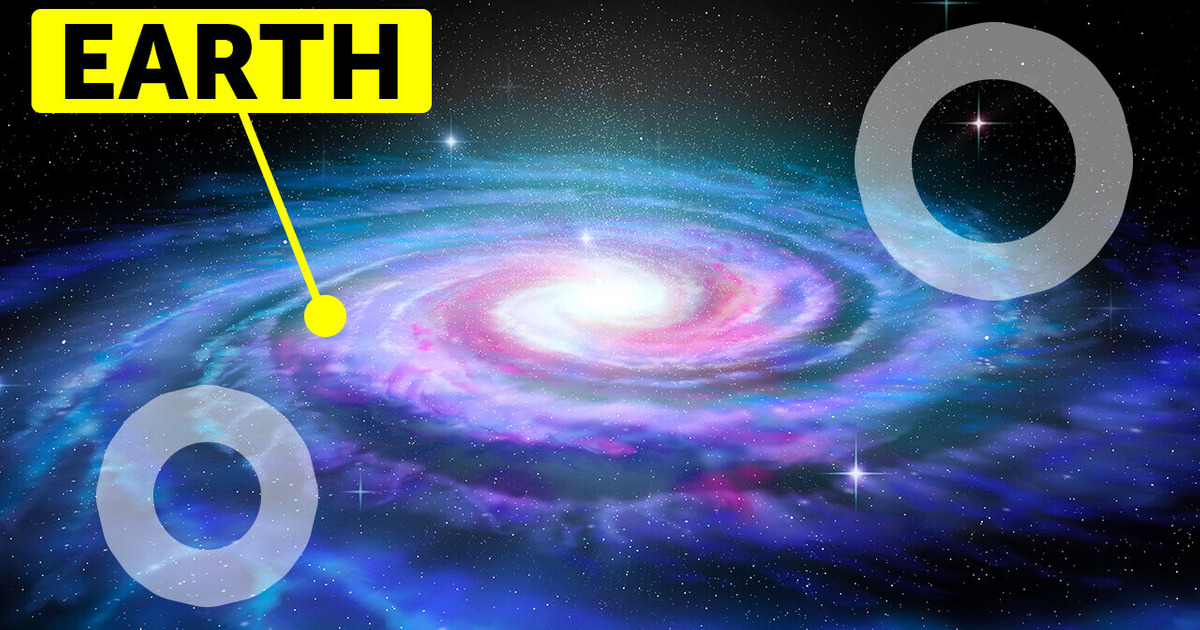
Did you know that humans are real space people? You were born in Space. Heck, even I was born in Space. We all were born in Space!
But for humans to be here on Earth, so many conditions have to be precisely correct that it is highly improbable that we even exist. But we do. First, we — and any other space creatures who might be out there — have to live on a planet orbiting a yellow-ish white star, not a red star or a blue star.
Not a blue star because they burn out too quickly — in a few million years — there wouldn’t be time for evolution to do its relatively slow magic and produce intelligent beings. Blue stars also tend to swell up and turn red — when they collapse and explode! It makes it highly unlikely that any civilization could prosper near a blue star.
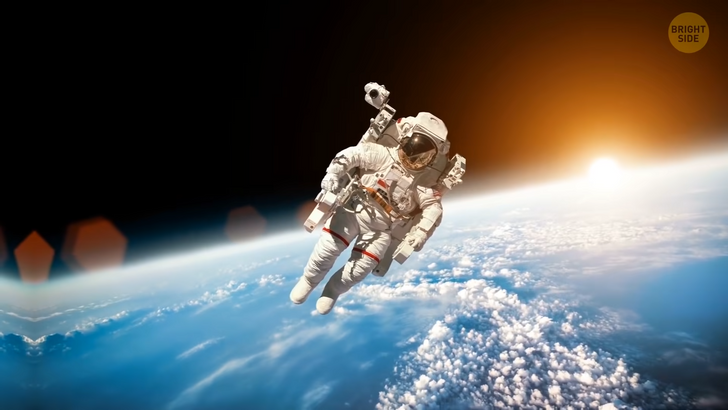
Red stars, which are by far the most numerous kind of stars, don’t seem like good prospects for intelligent civilizations to orbit around either. Red stars are so cold and so dim that a planet that could grow a civilization must orbit very closely to the red star — which would expose the planet to intense, deadly X-ray radiation.
So, though red stars are the most numerous and appear to have many planets orbiting them, red stars are a “no-go” for hosting intelligent, civilized life, like our own. That leaves the yellow-ish stars, about 10% of all stars. However, an important fact must be met before considering the possibility of intelligent life living around a yellow-ish star. That fact is that the yellow star must be a 3rd generation star.
Only 3rd generation stars will contain sufficient chemical diversity to sustain advanced life forms. Each time a star explodes, heavier, more complicated elements are created. The explosion expelled these elements and eventually found their way into a Nebula. Gravity within the nebula will gradually form the next generation of stars, and so on.
Our bodies need Calcium for our skeletons and teeth. Our brains need zinc to help create the electrochemical signals that make us move, feel, and THINK. Our blood needs iron. Therefore, our bodies need to have formed around a 3rd generation star — and a yellow one.
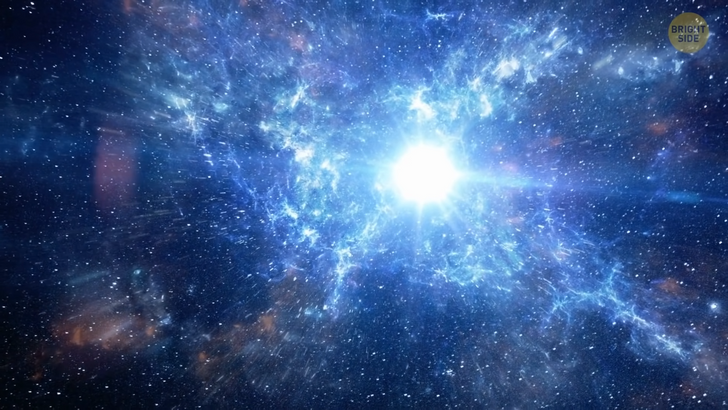
Amazingly, Earth has all the different elements in the Universe, all 94 naturally occurring ones, from Hydrogen to Plutonium. Maybe that’s why we’re here! And we have to thank our 3rd generation yellow dwarf Sun for that. Why yellow? Because yellow stars burn very steadily by nuclear fusion without significantly changing brightness over billions of years.
If our Sun became just 6% brighter — or dimmer — Earth would become too hot or too cold to sustain civilized life. Fortunately, Earth is in the “habitable zone” around the Sun. The habitable zone is where liquid water can exist on a planet. But that brings us to the 2nd condition necessary for intelligent life to live in Space: the planet itself!
Recent studies with the Kepler Telescope have shown that ¼ of all yellow dwarf stars may contain “Earth-like” planets in the habitable zone around yellow dwarf stars. That figure is somewhat debatable. It might be as few as one out of every 33 yellow dwarf stars. But that is still a lot of planets orbiting yellow stars in habitable zones.
So, let’s consider the second essential component for intelligent life in Space: the planet itself. The planet that would bear intelligent civilization must have many particular characteristics that aren’t easy to come by individually — and even more rare to find in combination. Most importantly, the planet must have protection against the star it is orbiting.
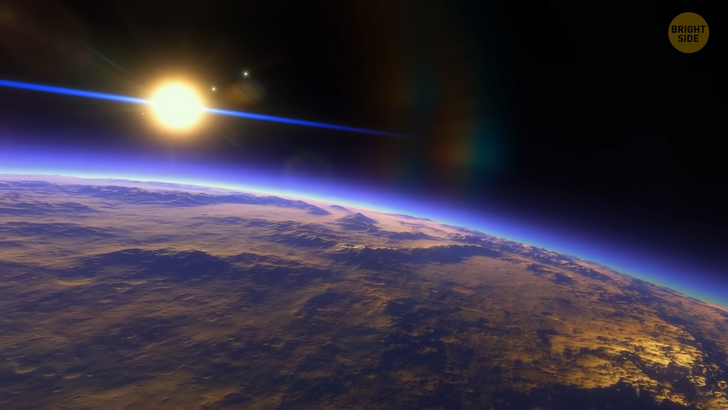
Because stars shine by nuclear fusion in their cores, gas in the outer shell of the Sun, called the “corona,” gets blown off into Space in what is called the Solar Wind. Our United States satellites take constant readings of the force of the Solar Wind — which is mainly electrified (Ionized) Hydrogen nuclei along with a smattering of atomic nuclei from the many other elements found in the Sun.
It’s not the atmosphere that protects Earth — it’s the “magnetosphere” that stops, or deflects, the dangerous Solar Wind — causing Aurorae when the Solar Wind is attracted to Earth’s magnetic poles and electrifies the air of the upper atmosphere like a fluorescent bulb. Without a magnetosphere surrounding it, ANY planet, even those in habitable zones, would be toasted by a constant rain of ionized Hydrogen nuclei from its star.
A planet with life on it must have a magnetosphere strong enough to deflect the Solar Wind. Not every planet in our solar system has a magnetosphere. The gas giant planets — Jupiter, Saturn, Uranus, and Neptune — have magnetospheres, but gas planets cannot have civilizations. Of the solid worlds, only Earth and Mercury have magnetospheres, and Mercury is too weak to stop the Solar Wind because of its closeness to the Sun.
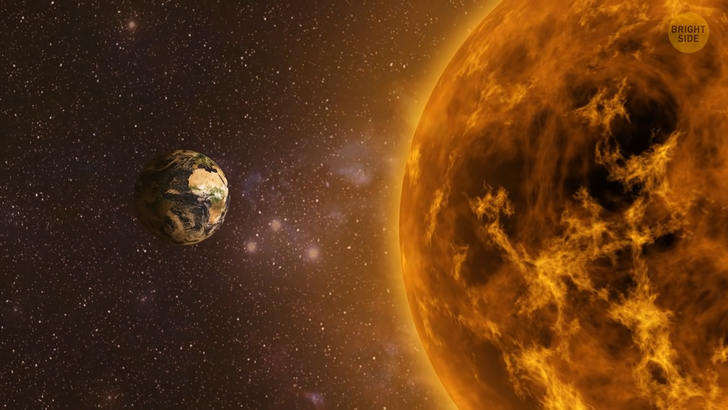
Another protective shield that keeps the Earth safe from the Sun is its “atmosphere”. The atmosphere is about 300 miles [483 km] thick, with most of it concentrated within just 10 miles [16 km] of the Earth’s surface. The atmosphere protects life on Earth from both the Sun’s Ultraviolet (UV) radiation and x-rays. The gas, Ozone, which is three Oxygen atoms bound into a large gas molecule in the upper atmosphere, blocks most of the Sun’s UV radiation from reaching the ground.
The planet Mars, whose atmosphere is 1,000x thinner than the Earth’s, has no ozone — and the Sun’s ultraviolet emissions have totally irradiated its surface. A planet must be able to stop the UV radiation from its star, so the specific composition of the atmosphere is critical for any planet to have an intelligent civilization. We’ve got it, but it is a rare and precarious mix.
The planet must have some part of its surface solid to walk and work on. The planet must have a “crust.” (It is pure science fiction to consider underwater civilizations or floating civilizations in the atmospheres of other planets.) A planet’s crust must have tectonic plates that move. This movement of tectonic plates creates the “subduction” of the crust.
Subduction is when one tectonic plate slides under or over another, bringing the fresh matter to the surface. This renewal of the chemical properties of the planet prevents “chemical equilibrium” where nothing is reactive. Earthquakes and volcanoes also contribute to the process of geochemical renewal. That’s right — earthquakes and volcanoes are good!
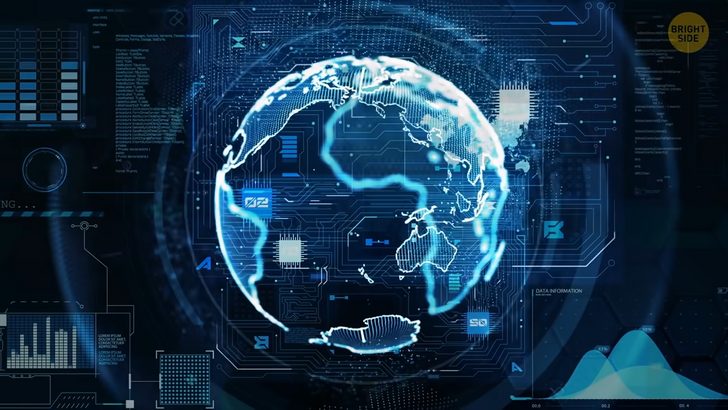
Subduction of tectonic plates, then, is another planetary essential for life. Mars doesn’t have tectonic plate activity; neither does Venus nor Mercury. Mercury is one big tectonic plate, but there is no ongoing plate activity other than slight shrinkage. One big reason these planets have no life is that there’s no geochemical reactivity because there’s no tectonic subduction. And that brings us to the Moon. Yes, the Moon.
To say that the Moon keeps us alive may seem like a s-t-r-e-t-c-h. But the contribution of the Moon to life on Earth is essential. First, the gravity of the Moon as it moves through Space with the Earth not only makes the ocean tides ebb and flow — it also helps the rotation of the Earth to churn or stir the magma inside the Earth. The motion of the magma inside the Earth, with its high metallic content, contributes to the creation of the Earth’s magnetosphere.
So the Moon keeps us safe in Space by helping Earth become a “geodynamo” and creating our magnetism. The Moon is the largest Moon in the solar system compared to the size of the planet it “orbits”, i.e. its “primary”. Many people consider the Earth-Moon system to be a double planet. (But that’s another issue!) Another thing the Moon does that keeps life safe on Earth is to hold the Earth steady.
Because the Moon is gravitationally locked to the Earth, the Moon acts much like a balance-pole does for a tightrope walker. Therefore, the Earth doesn’t wobble very much compared to other planets. This wobble is called “libration”. If the Earth wobbled as much as Mars or Saturn, not only would our weather become chaotic, but farming might have been impossible.
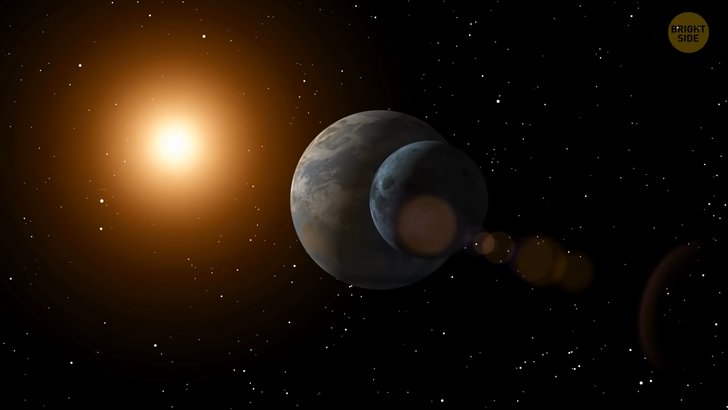
These rare or unique astronomical circumstances work together to make Earth habitable for humanity. Many other factors are not astronomical, such as evolutionary, biological, and chemical factors required for life to exist on Earth. The probabilities, or improbabilities, are multiplying!
Taken all together, we are very, very LUCKY to be here. In fact, we are so lucky that we may have hit the jackpot! Considering all the possibilities, it is doubtful that anywhere else in the Universe is as fortunate as Earth.











